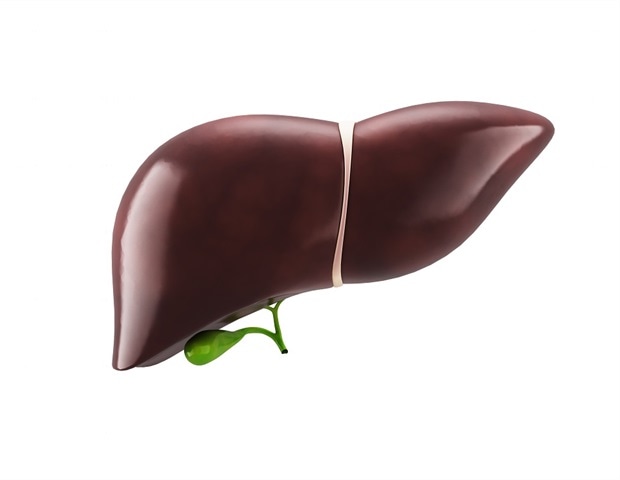Researchers from the Organoid workforce (former Clevers workforce, Hubrecht Institute) along side researchers from the Princess Máxima Middle for pediatric oncology established novel human organoid items of fatty liver illness. They used those items to make clear drug responses, and established a CRISPR-screening platform to spot novel illness mediators and possible healing objectives. Those items will relief in trying out and creating novel medications to regard fatty liver illness and lend a hand to get a greater figuring out of the illness biology. The result of the find out about will likely be printed in Nature Biotechnology at the 23rd of February, 2023.
Contents
Fatty liver
The accumulation of fats within the liver is an increasingly more not unusual illness international, with over 1 / 4 of the global inhabitants affected. Having a fatty liver may end up in irritation, impairment of liver serve as, and sooner or later lead to scar tissue formation. Other reasons may end up in the improvement of fatty liver, with nutrition and way of life being the most typical individuals. Additionally, genetics can play crucial position. As an example, genetic lipid issues make sufferers much more likely to expand fatty liver illness and several other mutations heighten the chance to expand the illness.
No treatment
Worryingly, no remedy for fatty liver lately exists that may halt or revert the illness. Because the illness progresses, the chance of irreversible liver harm and the will for liver transplantation very much will increase. As well as, people with fatty liver are at heightened chance to expand liver most cancers. Figuring out techniques to take on the illness could be very difficult because of the shortage of type programs. Mice range very much of their metabolism and will due to this fact no longer be used as a consultant type device of the human illness. Additionally, present human-based in vitro items possess a number of drawbacks. Genetic amendment of those items is tricky and it’s lately unimaginable to briefly generate massive numbers of cells.
Fatty liver organoids
Now, the researchers became to organoids to determine 3 items that seize other triggers of fatty liver building. At the beginning, they “fed” the organoids with a mix of fatty acids to imitate a Western nutrition and witnessed the speedy building of fatty liver organoids. As a 2d type, the staff presented the highest chance mutation for fatty liver illness into their organoid device the usage of a brand new CRISPR software named high enhancing. Organoids with this mutation displayed a lot more critical fats accumulation than organoids with out it. In the end, the researchers additionally modeled genetic lipid issues the usage of CRISPR-Cas9 to analyze how those issues affect the improvement of fatty liver illness. Those mutant organoids spontaneously advanced critical fatty livers because of a build-up of sugar-derived fat.
Discovery of novel drug objectives
The staff then screened a lot of drug applicants to regard fatty liver illness at the newly advanced organoid items. Apparently, the researchers seen that the other fatty liver organoid items answered to the medicine in an overly similar method. Doing so, they recognized a subset of gear that had been efficient throughout all items. Apparently, those efficient medication functioned through a not unusual mechanism through which the era of lipids from sugars was once blocked. Importantly, the staff additionally seen that organoids having the highest chance mutation for fatty liver illness didn’t react to all medication in the similar approach as organoids with out the mutation. This displays the organoids can be utilized as a device for customized medication.
CRISPR platform
The researchers went on to make use of their organoid items to determine a genetic screening platform to spot novel genes with roles in fatty liver illness. The researchers became their organoids right into a CRISPR-screening platform, named FatTracer. They used this platform to analyze the impact of lack of explicit genes at the fatty liver phenotype, which might be visualized in real-time over 20 days. After screening of 35 applicants, a unique and important position for the FADS2 gene (fatty acid desaturase 2) in fatty liver illness was once came upon. Disruption of FADS2 made the organoids a lot more fatty. The staff puzzled whether or not the other situation, having extra FADS2, would as an alternative be really helpful to the illness. Certainly, when overexpressing FADS2, the fatty liver that the organoids as soon as displayed was once critically diminished, suggesting this is a possible novel healing goal.
Long term instructions
Those novel fatty liver organoid items pave the best way for lots of long term instructions. As an example, the researchers want to higher perceive the genetic dangers which can be connected to the improvement of fatty liver, in addition to to check what components affect illness development. Without equal purpose is to make use of those items to outline (customized) drug treatments that may treatment the liver from fats overload.
Supply:
Magazine reference:
Hendriks, D., et al. (2023) Engineered human hepatocyte organoids allow CRISPR-based goal discovery and drug screening for steatosis. Nature Biotechnology. doi.org/10.1038/s41587-023-01680-4.
Supply Via https://www.news-medical.internet/information/20230223/Novel-fatty-liver-organoid-models-could-aid-in-drug-discovery-and-testing.aspx




